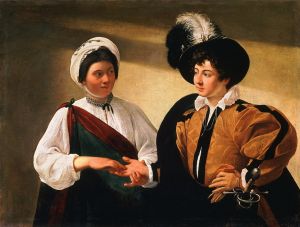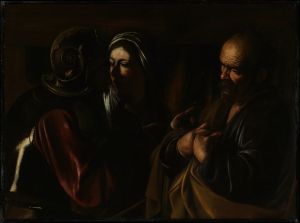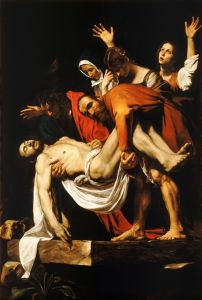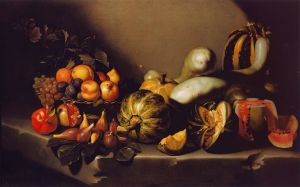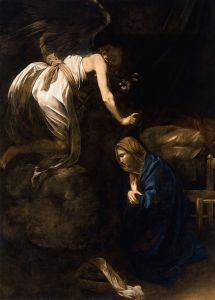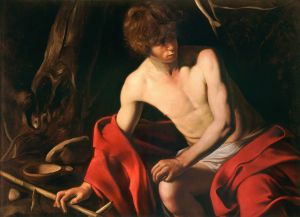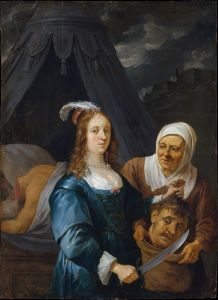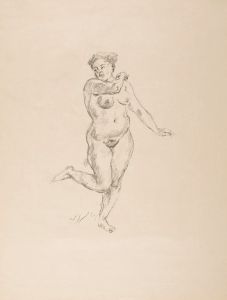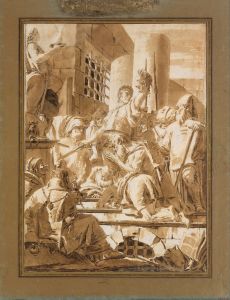
Judith beheading Holofernes
A hand-painted replica of Caravaggio’s masterpiece Judith beheading Holofernes, meticulously crafted by professional artists to capture the true essence of the original. Each piece is created with museum-quality canvas and rare mineral pigments, carefully painted by experienced artists with delicate brushstrokes and rich, layered colors to perfectly recreate the texture of the original artwork. Unlike machine-printed reproductions, this hand-painted version brings the painting to life, infused with the artist’s emotions and skill in every stroke. Whether for personal collection or home decoration, it instantly elevates the artistic atmosphere of any space.
Judith Beheading Holofernes is a renowned painting by the Italian Baroque master Michelangelo Merisi da Caravaggio. Created around 1598–1599, the work is celebrated for its dramatic intensity, masterful use of chiaroscuro (the contrast between light and dark), and its vivid depiction of a biblical story. The painting is housed in the Galleria Nazionale d'Arte Antica in Rome, Italy.
The subject of the painting is drawn from the Book of Judith, a deuterocanonical text in the Old Testament. The narrative tells the story of Judith, a Jewish widow, who saves her people by assassinating Holofernes, an Assyrian general who is about to destroy her city. In Caravaggio's depiction, the moment captured is the climactic act of Judith beheading Holofernes. The composition is both dynamic and visceral, emphasizing the physical and emotional intensity of the scene.
Judith is portrayed as a young woman with a calm yet determined expression, her delicate features contrasting sharply with the violent act she is committing. She is assisted by her maidservant, who appears older and more rugged, holding down Holofernes to ensure the act is completed. Holofernes, in the throes of death, is shown with a contorted face, his body twisting as blood spurts from his neck. The stark realism of the scene is characteristic of Caravaggio's style, which often sought to depict biblical and mythological subjects with unflinching naturalism.
The painting is notable for its dramatic lighting, a hallmark of Caravaggio's work. The figures are illuminated by a strong, focused light source, which heightens the tension and draws attention to the central action. The background is shrouded in darkness, further emphasizing the figures and creating a sense of immediacy and intimacy.
Art historians have praised Caravaggio's ability to convey psychological depth in this work. Judith's expression has been interpreted as a mix of resolve and hesitation, reflecting the moral and emotional complexity of her act. The contrast between her youthful beauty and the gruesome violence of the scene adds to the painting's impact.
Judith Beheading Holofernes is considered one of Caravaggio's masterpieces and a quintessential example of Baroque art. It exemplifies the movement's emphasis on drama, emotion, and realism. The painting has influenced numerous artists and remains a powerful and provocative work in the history of Western art.








